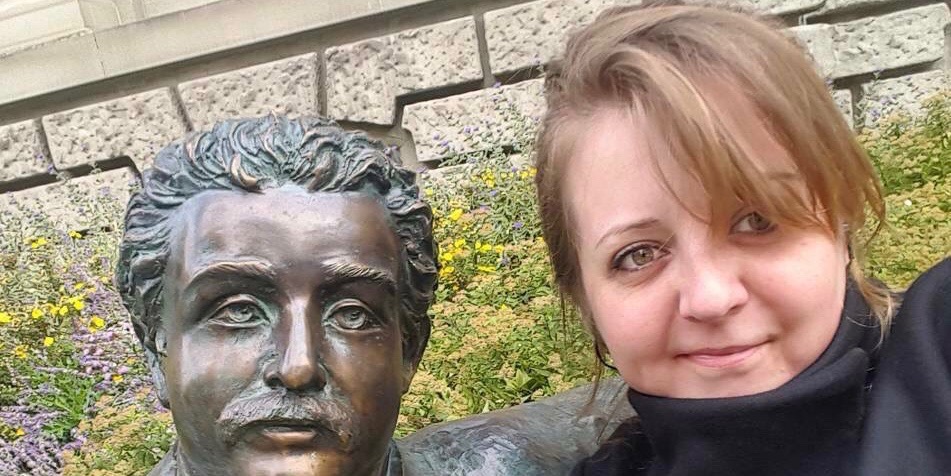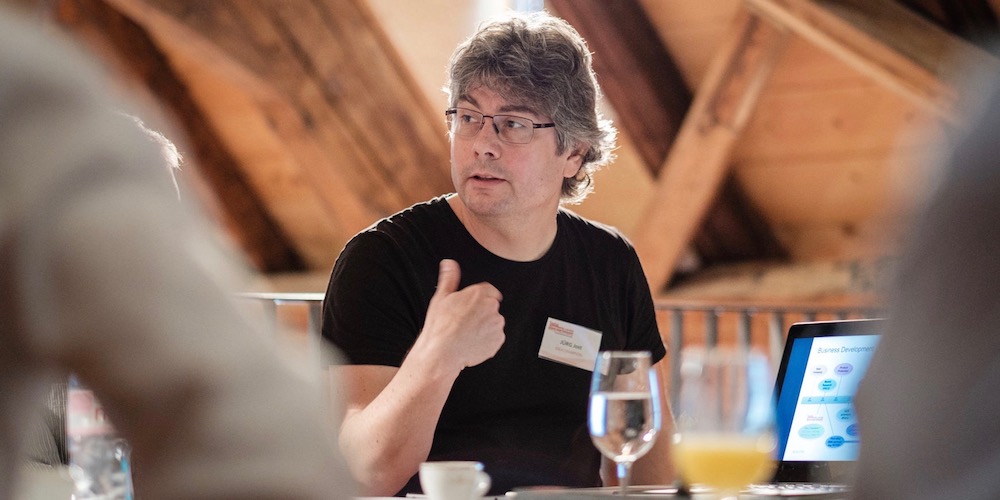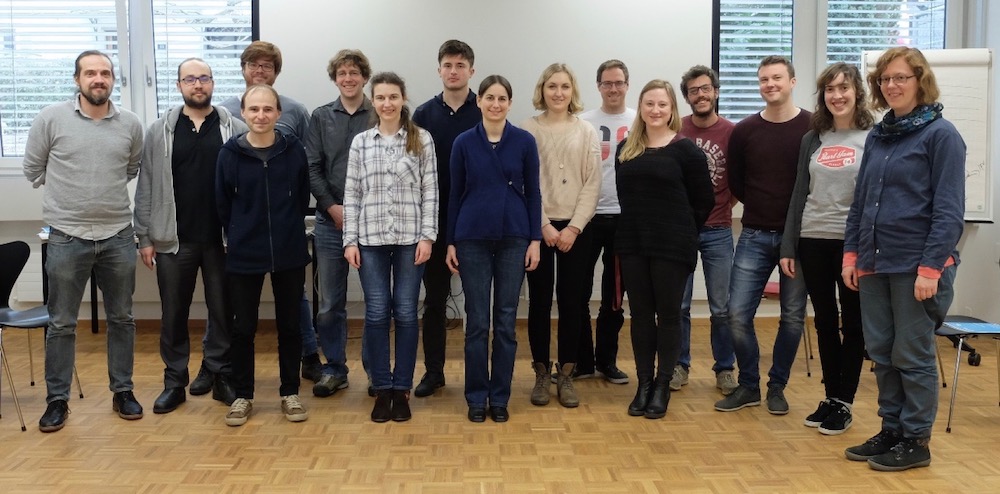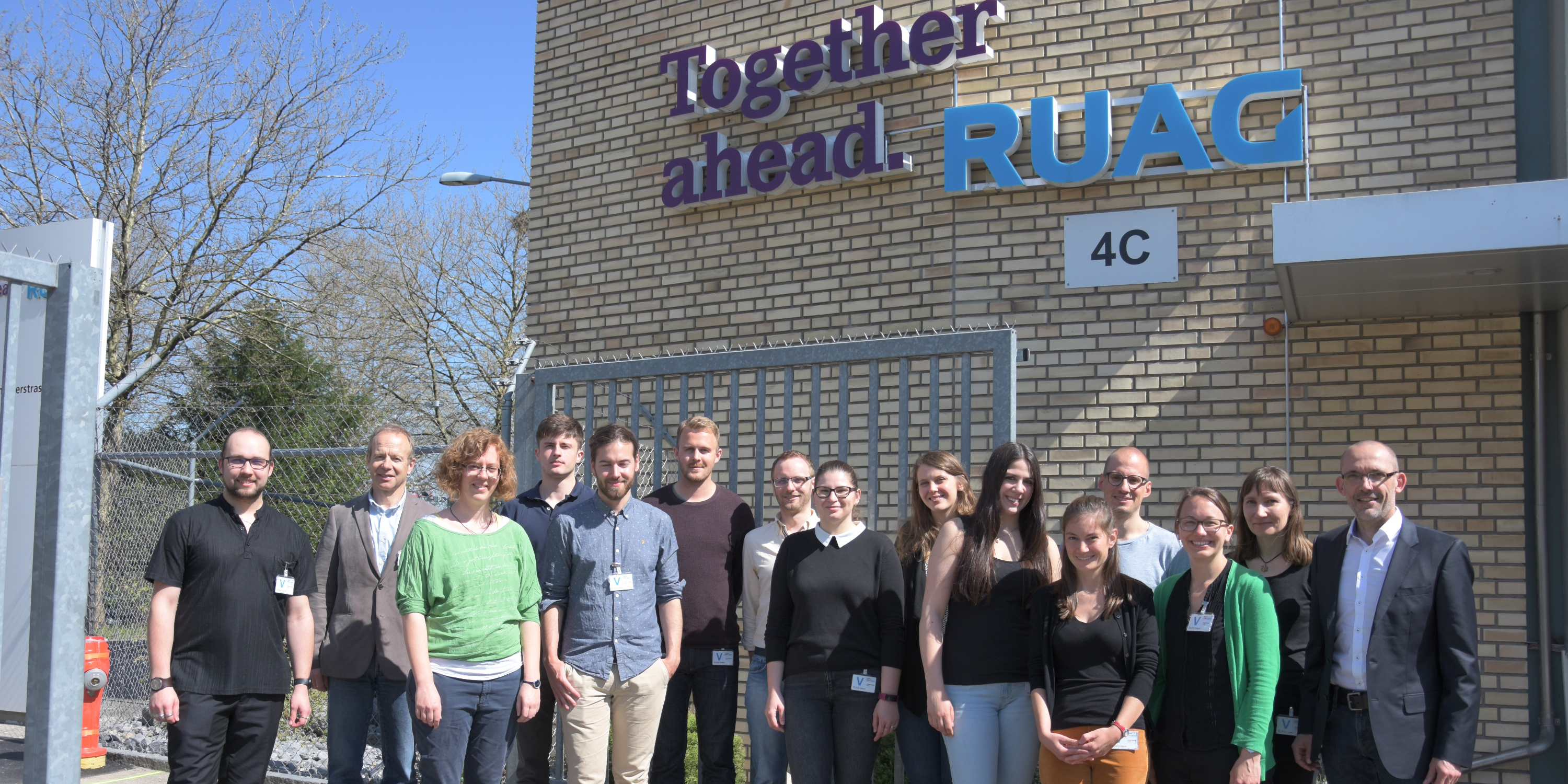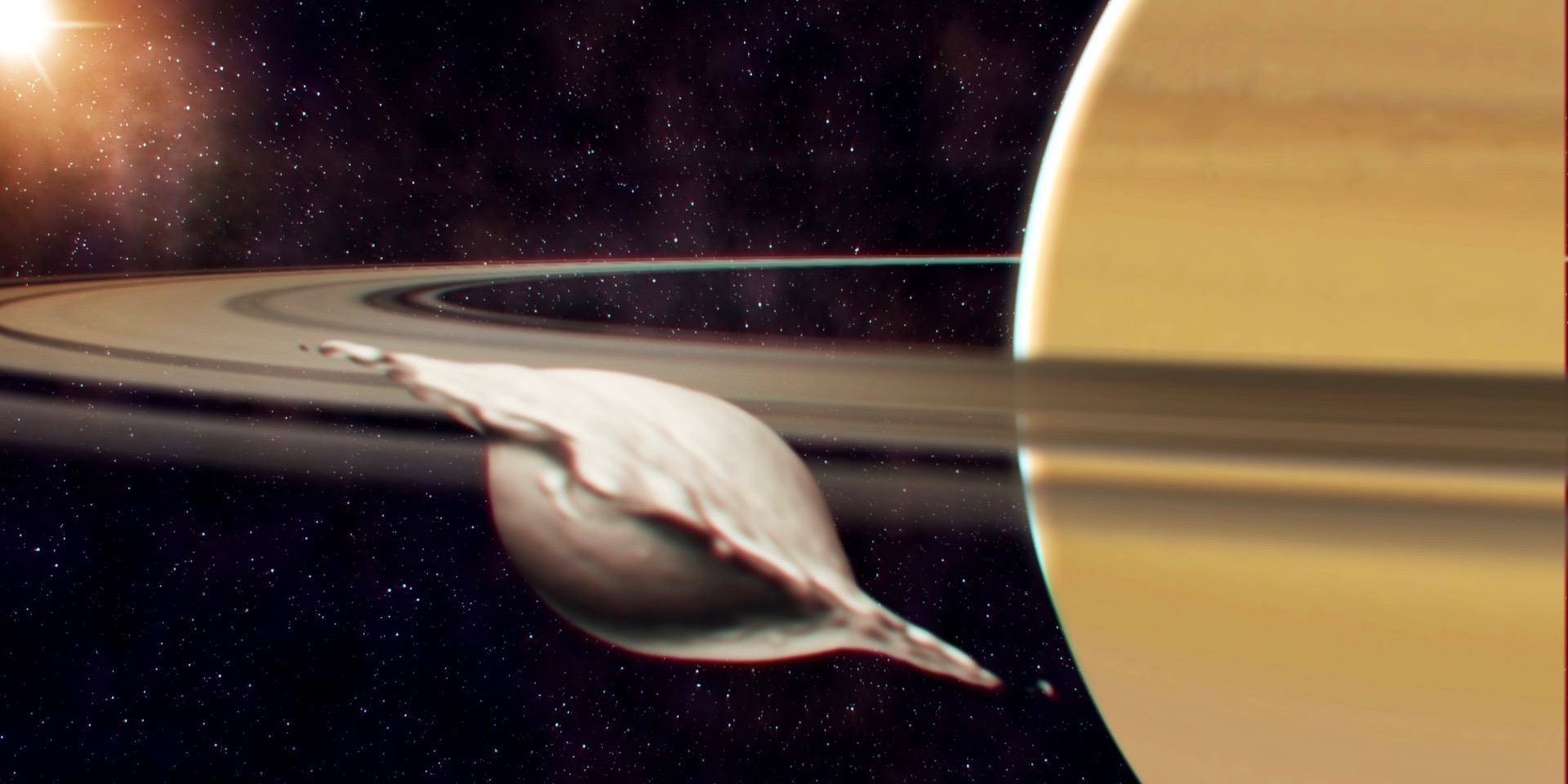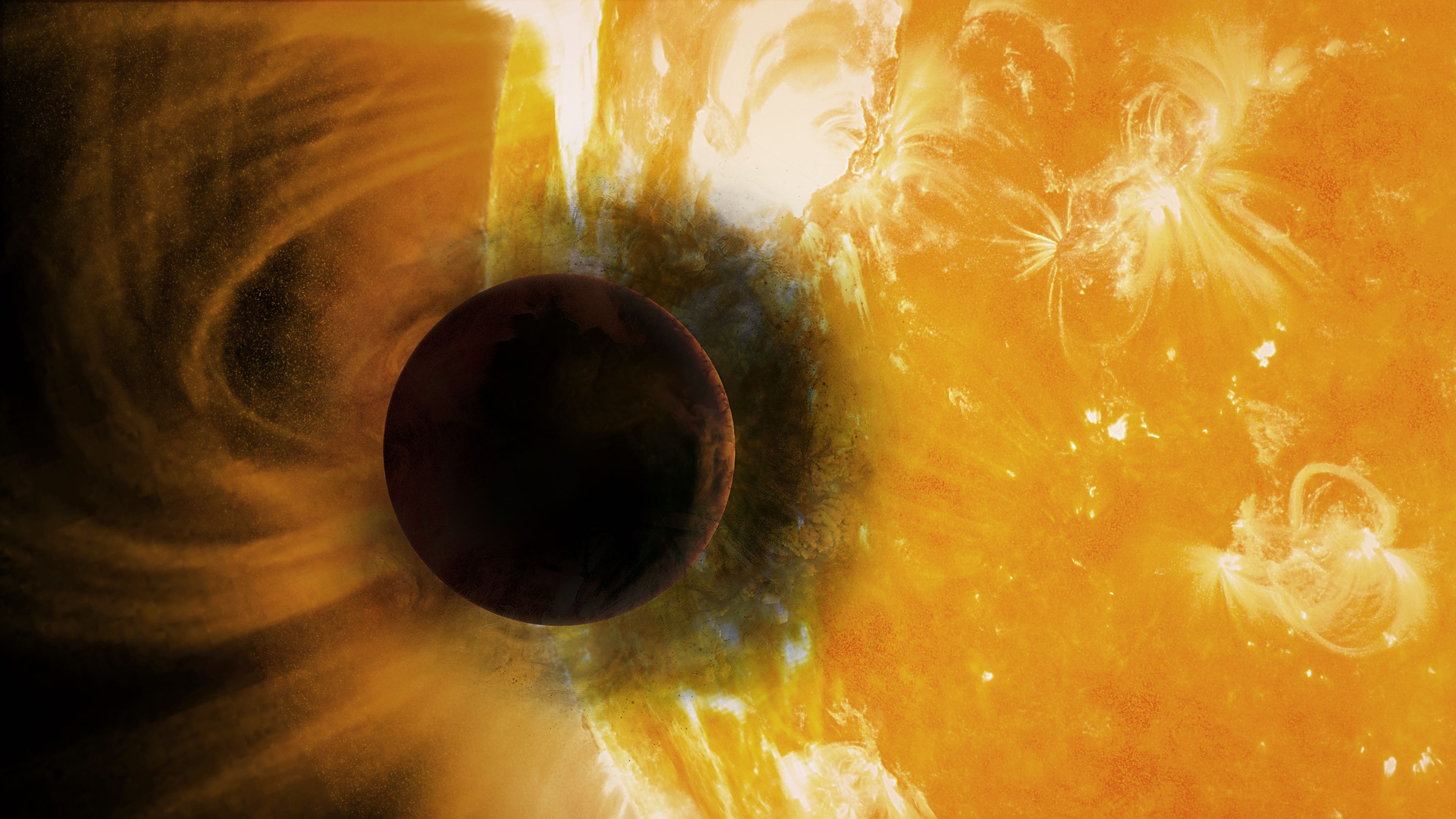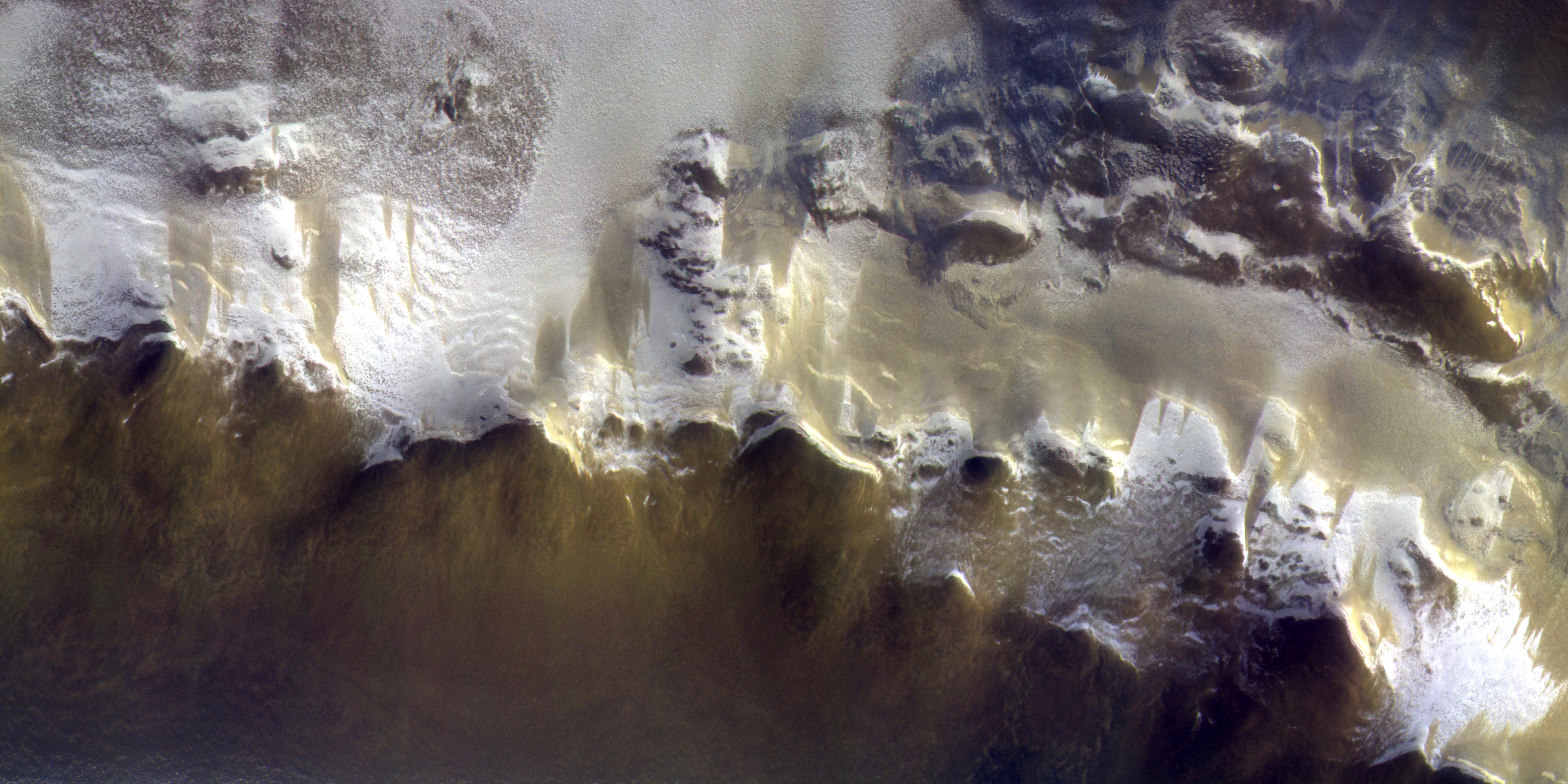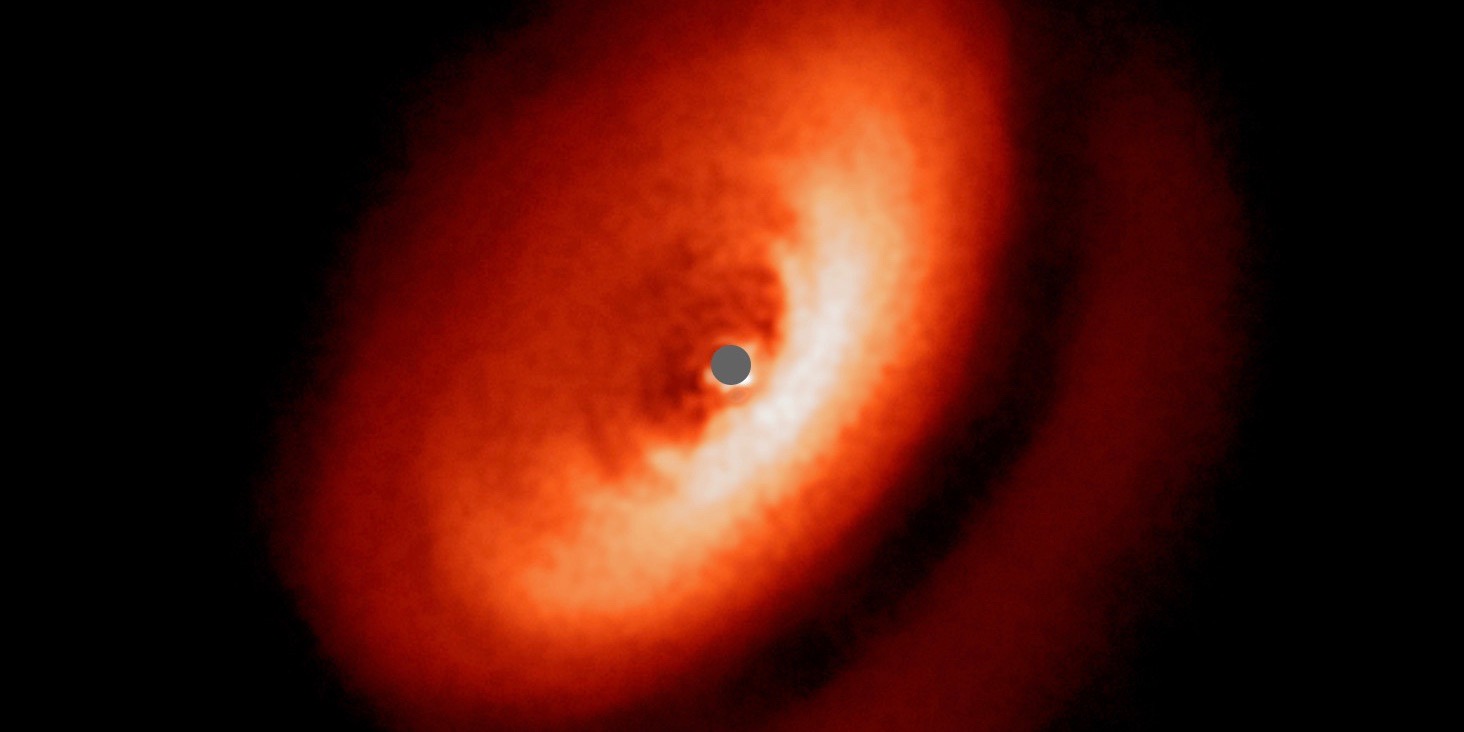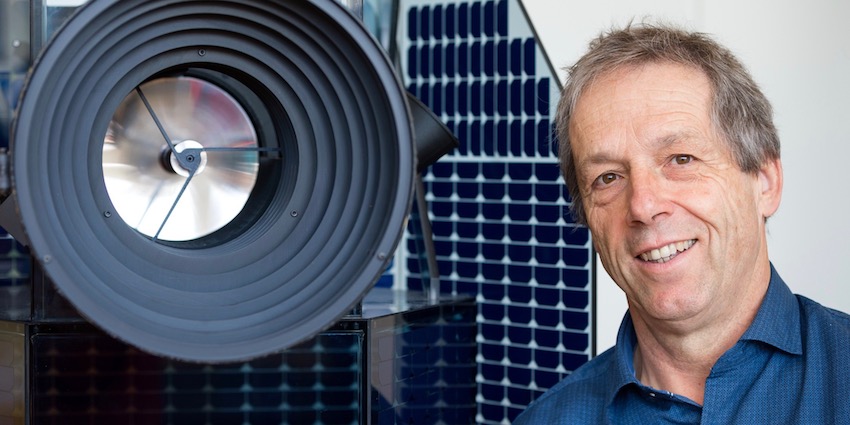News
In memory of Victoria Ann Roloff
On the 12 February 2018 we had to learn of the sudden and unexpected passing of our most valued friend and colleague, Victoria Ann Roloff. Inspired by the night skies, she dreamed of becoming a scientist from an early age. After a successful career at Cardiff University and the University of Surrey she joined us at the […]
Continue Reading“They tell us in a very direct way if something isn’t good”
Eight ideas, eighty startuppers and experts and two days of intensive work – that is the SwissCompanyMaker (SCM) Workshop described in just a few words. Co-organisers include the NCCR PlanetS. This year the SCM took place in Bern in April. A team from the University of Bern was also represented and benefited from extensive expert […]
Continue ReadingLearn to brand your science with “brain radio”
Explainables Workshop at Bern University for NCCR PlanetS The first PlanetS workshop in collaboration with Explainables.org, a science communication network founded by young researches from all over the world, was focused on developing communication and marketing skills for our PlanetS students and postdocs. About 20 early career scientists from first year grad students to established […]
Continue ReadingLinking Academia and Industry
“Apéro might be the most important thing in an event” Those words might make you smile and think it’s not very professional, but from a certain point of view, it makes a lot of sense, as many PlanetS juniors learnt amongst many other advices during a workshop in Zürich, mid-April, regarding the Links between Industry and […]
Continue ReadingBetween Science and Fiction
Over the Ascension days the Fantasy Basel opened its doors for fans of film, game, comic, and cosplay from all over Europe. With four halls (total area > 60’000 m2), more than 300 exhibitors, 150 artists, and stars from film and TV, this convention is the largest in Switzerland and “one of the most beautiful […]
Continue ReadingCosmic ravioli and spaetzle
The small inner moons of Saturn look like giant ravioli and spaetzle. Their spectacular shape has been revealed by the Cassini spacecraft. For the first time, researchers of the University of Bern (Switzerland) show how these moons were formed. The peculiar shapes are a natural outcome of merging collisions among similar-sized little moons as computer […]
Continue ReadingFirst detection of Helium in an exoatmosphere
For the first time, an international team of astronomers including members of PlanetS has detected helium in an exoplanet’s atmosphere. Early theoretical models predicted helium to be among the most readily-detectable species in the atmospheres of exoplanets, especially in extended and escaping atmospheres. However, searches for helium have been unsuccessful until now. By measuring the […]
Continue ReadingCaSSIS sends first colour images from Mars
The Mars camera CaSSIS on the ExoMars Trace Gas Orbiter has returned its first colour images of the red planet. The camera system, which was developed at the University of Bern, is now ready for the start of its prime mission on April 28, 2018. The Colour and Stereo Surface Imaging System (CaSSIS) has been […]
Continue ReadingAn amazingly wide variety of disks
With an instrument at the Very Large Telescope in Chile scientists of ETH Zurich and NCCR PlanetS observed planet-forming disks around young stars similar to the sun 4,5 billion years ago. Surprisingly, the disks are very different. The largest extends almost ten times further into space than the smallest. The data will help to shed […]
Continue ReadingAn important milestone
Dear Reader, In October 2012, CHEOPS was selected as the first small mission in ESA’s science programme. This week, 65 months of intense work later, we are essentially ready to ship the telescope to Airbus Defense and Space in Madrid to be integrated onto the platform for a launch from Kourou in French Guyana in […]
Continue Reading
